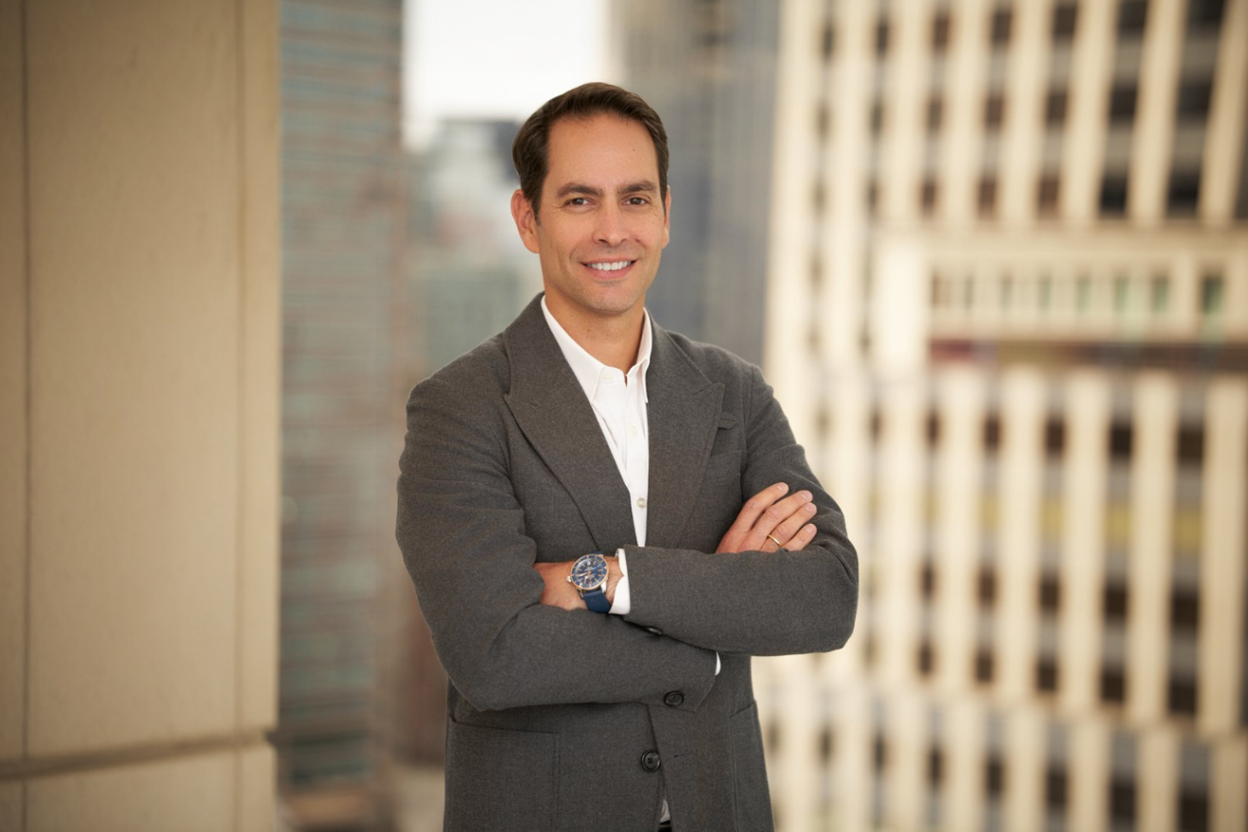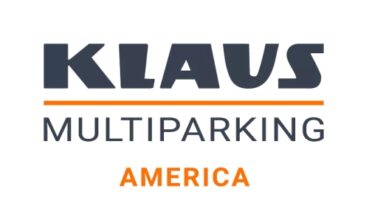In today’s evolving commercial real estate landscape, data-driven decision making has transitioned from competitive advantage to absolute necessity. As organizations navigate the compl...
Private Capital's Role in New York Real Estate: Insights from Northwind Group's Ran Eliasaf




New York City’s real estate landscape is shifting, and investors are paying close attention. Empty office buildings, a persistent housing shortage, and emerging financing models are creating new avenues for growth and transformation.
“In New York City today, we’re seeing a perfect storm of opportunity: empty office buildings, a housing shortage, and innovative financing solutions,” says Ran Eliasaf, Founder and Managing Partner of Northwind Group, a leading private real estate investment firm.
In a recent conversation with KeyCrew Journal, Eliasaf discussed how his firm is seizing these opportunities while adapting to the changing dynamic between private capital and traditional bank lending in the real estate market.
The Symbiotic Relationship Between Banks and Private Lenders
After a period where private lenders dominated the financing landscape, traditional banks are gradually returning to real estate lending, a development Eliasaf views positively rather than competitively.
“Banks are gradually returning to the market. They’re not in full swing,” Eliasaf observes. “I think it’s a healthy sign. It means balance sheets have weathered the storms for many banks, and they can resume lending again.”
This return brings broader benefits to the market. “It reduces the overall cost of capital, which is good,” he notes. However, Eliasaf emphasizes this doesn’t diminish the role of private capital: “In this debate between private credit and bank debt, there’s room for both. The market needs both.”
Rather than seeing bank re-entry as competition, Eliasaf views it as complementary. “There are projects that will get bank financing, and there are projects that will get private credit financing. There are projects that will be a combination of both.”
The current environment appears primed for lending activity across both sectors. “There’s definitely significant interest and substantial capital available for a very active year in lending, for both banks and private lenders,” Eliasaf predicts.
Transforming New York’s Skyline: Office-to-Residential Conversions
One of the most significant trends Northwind Group has been capitalizing on is the conversion of underutilized office buildings to residential spaces, a strategy that addresses two critical needs in New York City.
“In the last six months, we’ve completed several more office-to-residential loans,” Eliasaf shares. “That’s a trend that continues to develop. I think we’re one of the more active lenders in New York City in that space.”
This trend has been accelerated by the “467-m program” implemented by New York City, which creates powerful incentives for developers to undertake these conversions while simultaneously addressing the city’s affordable housing needs.
“I think the city got it right,” Eliasaf says of the program. “The bill is measurable. It achieves what it intended. It both creates the incentive for developers to convert these semi-empty office buildings, and it creates affordable housing in significant numbers that benefits New Yorkers.”
The program has been so well-designed that even developers who initially planned to avoid affordable housing components have changed course after studying the incentives. “We’ve seen it in every conversion project we finance. Even those developers who thought they wouldn’t take it, after studying the program, concluded that it’s beneficial. So I think it’s a win-win.”
Market Fundamentals Trump Macroeconomic Concerns
While recent months have seen considerable market volatility, with concerns about financial instability, potential trade wars, and tariffs causing some investors to pause, Eliasaf emphasizes that real estate fundamentals remain the primary drivers of market performance.
“The core drivers of the real estate market are supply and demand, not tariffs,” he states firmly. “We focus on supply-constrained markets like New York City, and we see very favorable metrics. There is an all-time low, a shortage of new supply. Demand is back. The city is growing. So from a supply-demand aspect, I think it’s very attractive to lend in New York City.”
This focus on fundamentals has helped Northwind navigate recent uncertainty. “The last couple of weeks have been much more stable,” he observes. “We’ve been getting questions from our investors and sovereign investors abroad about how we see tariffs, how they will impact the market.”
Northwind’s message to investors has been reassuring: “We tell them, ‘Listen, there’s no impact in the short term.’ Even construction costs, which were a big concern, we’re not seeing them increase significantly yet.”
Growth and Achievement
Northwind Group is positioning itself for expansion amid these favorable market conditions. “We’re expanding our credit platform,” Eliasaf shares, noting that the company is actively growing its team. “We’ve onboarded two new team members, and we have two new team members joining next month. So the company is growing, and I think this will be a record year for us deployment-wise.”
The firm recently celebrated a significant milestone with the successful payoff of its largest loan to date. “We had our biggest loan pay off at 125 Greenwich. It was a $303 million loan that we originated in February 2023. Twenty-seven months later, it got successfully paid off. So we’re very proud of that. It’s a great achievement for our team.”
The Road Ahead
As Northwind Group continues to navigate the evolving real estate landscape, Eliasaf’s outlook remains optimistic. The combination of returning bank lending, successful policy initiatives supporting office-to-residential conversions, and New York City’s fundamentally supply-constrained market creates a favorable environment for strategic growth.
For developers and investors in the New York real estate market, the message is clear: despite recent uncertainties, the fundamentals remain strong, and with the right approach to financing—whether through traditional banks, private lenders, or a combination of both—there are significant opportunities in the city’s evolving landscape.
“From a supply-demand aspect,” Eliasaf concludes, “it’s very attractive to lend in New York City.”
Similar Articles
Explore similar articles from Our Team of Experts.


“What gets measured gets done. You can’t evaluate what you can’t measure.” – Larry Stone, Santa Clara County Assessor In Silicon Valley, where tech innovations and ...


“I was telling them, ‘This is going to put us on the map, and people are going to start noticing us,'” recalls Sebastian Tobon, one of the visionary entrepreneurs behind Í...


“Our market’s very healthy, but vacancy rate is low, and rents will continue to rise, and that just creates more demand for building,” explains Maxx Schindel, Associate Bro...


KLAUS Multiparking America is advancing urban development with the launch of their latest innovation, the kVario 8000 Series Semi-Automatic Puzzle Parking System. This breakthrough technolog...




